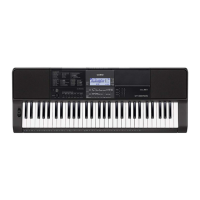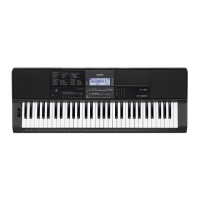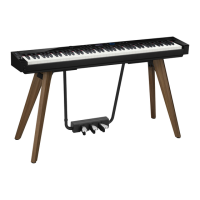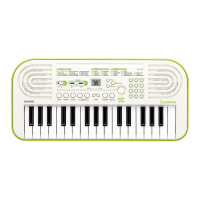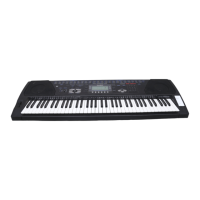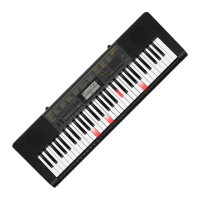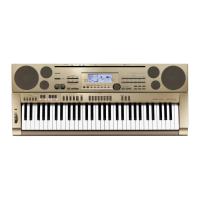What to do if the Casio CT-X870IN power will not turn on?
- KKevin MooreSep 12, 2025
If your Casio Keyboard isn't powering on, try these steps: * Check the AC adapter or ensure the batteries are correctly installed. * Replace the batteries with new ones, or switch to AC adapter power.
